|
The methods of drug detox are: A.) Cold-turkey detox This means preventing all drug consumption with medical administration to assist during an urgent situation. Cold-- turkey implies no pharmacological guidance and customers practical experience the full brunt of withdrawal issues as long they last. Some drugs may be intense and last for a several weeks or longer while others are not literally difficult to stop. B.) Momentary medicated detox Customers who opt for medical detox stop taking all substances but have a short-time medication plan when they begin experiencing withdrawal indicators. Sufferers suffering from insomnia can be prescribed a non-addictive sleep medication while those experiencing muscle spasms can be given pain killers. C.) Long-term medicated detox Treatment for opioid drugs for instance, heroine have a choice of long-term treatment. Clients can use methadone or the buprenorphine/naloxone drug mix to treat the brunt effects of withdrawal signs and symptoms. With time, the dose of the medications is set down until the sufferer is drug free. Regardless of what detoxification path is picked, it must be done under the oversight of a physician. At-home Detox There are a lot of people who want at-home detoxification. It is conceivable but not wise because it may be harmful and may not consistently work. Professional detoxification is the safest and most beneficial way to wane customers off drug abuse. Drug Detox Kits Today, there are drug detox kits readily available for a wide range of prices. They are not a whole treatment program. Detox duration Drug detoxification takes so long as withdrawal indications last as well as how long it takes for a client to attain physical and mental stability. A detox also aids to prepare mentally and actually for the work in therapy and counselling Antidepressants and antipsychotics may be prescribed for patience with co-occurring issues like depression. Detox is not a full treatment for addiction. Pre-existing conditions which may be a predetermining factor of substance abuse should be addressed in therapy once the withdrawal warning signs have passed and drug toxins are no more in the body. 2.) Behavioral counselling. Behavioral therapies guide with modifying people' attitudes towards drug addiction. There are useful therapies for treating drug addictions after detoxification. a.) Therapeutic communities These are highly structured programs where patience remain in the rehab center for 6 to one year. As agents of change, the staff and other recovering addicts influence customer's attitudes and behaviors. b.) Multidimensional family therapy This was developed for to cater for both teenagers with drug abuse problems and their families. It is designed to improve the overall family functioning. c.) Cognitive behavior modification It serves individuals recognize, avoid and handle situations where they are likely to use drugs. d.) Motivational interviewing It makes the absolute most out of a lot of people's eagerness to change their behavior e.) Motivational incentives It applies positive reinforcements to motivate abstinence from drugs. f.) Personal therapy Personal therapy is where the realistic underlying issues are dealt with on a personal basis. g.) Life skills classes These classes teach customers how to function and stay on par with responsibilities without feeling overwhelmed. This makes them feel more responsible and unlikely to depend on drugs or alcohol. 3.) Medication Medication and medical devices can be used in the following ways to treat problems connected with drug addiction: Withdrawal Medications help in suppressing withdrawal conditions during detoxification. Detoxification is not a treatment on its own but just the first step of the process. Without further treatment after detoxification, sufferers are prone to resume their drug use. Relapse prevention Medications might be used to re-establish normal brain function and to decrease drug cravings. There are accessible opioid medications for drugs (heroin, pain killers, prescriptions), tobacco and alcoholism. Medical research is being undertaken to develop medications that can treat stimulant drugs (cocaine, methamphetamine). For individuals who use greater than one drug they will need treatment for all those drugs. Opioids These drugs act on the same targets in the brain as heroin and morphine. It should be used in detoxified people only. All medications assist people reduce drug seeking and related criminal behavior. A study found that a combination of buprenorphine, naloxone and an extended formulation of naltrexone is beneficial in treating opioid addiction. Treating customers with naloxone requires full detoxification which means that treatment must first be initiated by another medication but can be followed up by a the buprenorphine/naloxone mix. The stringent restrictions of methadone allow it to only be used in the presence of a doctor. Methadone alleviates withdrawal warning signs, has a longer half-life and does not elicit euphoria effects. Methadone is the most commonly used medication for opioid treatment. Tobacco Therapies for nicotine replacements availabled in several forms including the patch, spray gum or lozenges. They are offered over the counter. There are also two approved medications for nicotine treatment include bupropion and varenicline. Despite their different working techniques, they are both helpful in preventing relapses in people trying to quit. These medications are more efficient when combined with behavioral therapy. Alcohol There are three medications that have been approved for treating alcohol addiction while another is still undergoing clinical trials but shows great promise. Naltrexone blocks opioid receptors. These receptors are connected with the rewarding effects of drinking and alcohol cravings. Once these receptors tare blocked, the chances of a relapse are reduced. It is highly helpful in many customers but genetic differences influence how it works in different men and women. Naltrexone has reactions like muscle aches and anxiety. It is also not safe for people with liver damage. This medication may reduce indications of long lasting withdrawal which include insomnia, anxiety and dysphoria. It can not be taken by customers with kidney problems. Lastly, we have disulfiram. This medication blocks the breakdown of alcohol. Disulfiram works by eliciting negative effects when individual take alcohol. When the patient takes alcohol, acetaldehyde builds up in the body causing unpleasant reactions like nausea and irregular heartbeat. Taking disulfiram might be a problem but it is also useful for people who are highly motivated to quit drinking. Disulfiram should not be used by sufferers with liver damage 4.) Co-occurring conditions
Medications are offered to treat possible mental health conditions like depression or anxiety which may be affecting a person's addictive condition. Antidepressants or antipsychotics could be used to treat such mental health conditions. 5.) Aftercare This is a collaborative plan developed by each sufferer and staff to increase the chances of success after formal treatment has ended. The plans meet the individual needs of each person. It may include self-0help meetings, private therapy or vocational oriented services. The plan should be regularly be assessed and adjusted when needed. Many aftercare programs prior experience patient drop rates of about 50% because of limiting factors. For effective aftercare, the length of an individual's participation is very important. People should select aftercare programs that are accredited in order to receive quality help. What are the benefits of a drug rehab program?
Efficient treatment should include both medical and mental health services. Community or family based recovery support group are also necessary for follow-up care. Today, there are mobile applications that may possibly be used to treat drug use disorders. The FDA approved reset application is intended for use in outpatient care to treat alcohol, cocaine, marijuana and stimulant chemical use disorders. For drug addicted offenders, beyond just treating the addiction, drug rehabilitation should include development of specific cognitive skills to serve the offenders adjust attitudes regarding drug abuse. Such skills include those related to thinking, understanding, learning and remembering. Treatment planning should include tailored services and transition to community-based treatment after release. Drug addiction is treatable. Governments should establish more rehabilitation centers to aid address the drug addiction menace that has deprived the society of very productive labor. The society should be promoted not to stigmatize drug addicts but to urge them to seek help. The healing of families and communities will only happen when we work together to support addict in their recovery process.
1 Comment
Preferably, folks use drugs because they want to modify a certain aspect of their lives. It may be challenging to deal with your issues, consequences of drug intake can be more severe than the issue you are having. Drugs always help you to avoid reality. The safest and wisest way to take care of your complications is to get facts about them and not to eating drugs Normally, drugs can be harmful, everything depends upon the amount. Small quantities of drugs act as a stimulant, making you more energetic and high, whereas if you eat large quantities, your system will decelerate. Taking too many drugs may be fatal, learn more https://anaheimlighthouse.com/drug-treatment-center/drug-detox-center/. A physician can prescribe some drugs, take as per the instructions. Some substances if taken, influence the mind directly and can alter your perception of things or slow down your reaction time. Medicines are drugs too; they are meant to make modifications in the way your body systems are operating. They are not always necessary and taking excess can be fatal. Reasons Why Folks Abuse Drugs Folks use drugs as a result of different reasons. Drugs are available in different forms too; powder, liquid, solid. Addiction might be different also, hing on the drug abused and for how much time. Although anyone attends risk to getting addicted to any drug, some individuals are more vulnerable based on a number of factors like family record, genetic endowment, physiological parameters, and social norms. Not all individuals who at danger of addiction get addicted, everything counts on one's interest and decisions. The following are some common reasons why people abuse drugs;
Folks turn to drugs to calm them. Other emotional issues like tension and boredom make adults abuse drugs. It starts from the first attempt and later one gets addicted. Some folks may take drugs caused by low self-esteem; drugs make them feel good about themselves. If one experiences a traumatic event in their life, they will most likely take in drugs to assist them to cope up with the emotions. Most people suffering from depression self-medicate themselves with marijuana, alcohol, and other chemicals. Whether depression, anxiety or stress, seek medical attention to assist you rather taking drugs, they worsen the situation.
Results of Drug Abuse; Short-term and Long-term Influences of drug abuse depend on gender, age, one's physiology, genetics and mental health condition. Some results can be mild, though abuse of some drugs can be fatal or pose the user to life-threatening diseases. All chemicals impact the body in different ways, but all alter the functioning of the central peripheral nervous system. Short-term consequences of drugs relies on the amount of compound taken, the potency of the drug and if it has been combined with other drugs. Drugs can alter your moods, perception of things, reaction time, and energy level in your body. Some compounds for example, alcohol, hallucinogens, inhalants, and opiates produce specific outcomes. Alcohol There are some factors which have an effect on how one reacts after using alcohol. If one drinks alcohol on an empty stomach, they will experience the effects quickly than one who has eaten. Weight also impacts intoxication levels. Low amounts of alcohol make one more social whereas significant amounts can cause sedation and low breathing rate. Short-term impacts of alcohol include loss of coordination and concentration, mood swings, red eyes and uncontrolled eye movements, and memory challenges. Abusing alcohol for a long time can harm your physical and mental overall health. Later if one quits, they suffer from severe withdrawal symptoms. Recreational use of alcohol however, paves the way for abuse which can be detrimental to your wellness, get more https://www.cdc.gov/alcohol/fact-sheets/alcohol-use.htm. Hallucinogens Few hours after taking in hallucinogens you may experience hallucinations, synaesthesia, huge heart rate, blurred vision, impaired judgment, and many others. Hallucinogen intoxication is known as "trip," and when it influences you negatively, it is referred as "bad trip." There is not enough evidence of long-term impacts of hallucinogens abuse, there are two documented conditions. Persistent psychosis which is characterized by paranoia, mood swings, disorganized thoughts and Hallucinogen Persisting Perception Disorder( HPPD) where one experiences visual disturbances and strong colors. Hallucinogens use after a period can cause persistent memory loss, sleep problems, and can damage the brain. Opiates
Opiates include heroin or pain killer like oxycontin. They can cause respiratory complications. Heroin could be smoked or injected into the bloodstream. Short-term impacts can be vomiting, nausea, itchy skin, slowed reaction time, loss of attention and many others. Dependence on opiates can injure the brain considering respiratory depression. Moreover, scientists claim that heavy use opiates for long can cause weakening of the white matter in the brain which will have an effect on behavioral control, stress response, and ability to make decisions. Long-term influences of opiate abuse are inclusive of sexual dysfunction, irregular menstrual periods in women, and many others. Inhalants They are very common in our household products like cleaning detergents, paints, and glue. Mostly folks inhale the chemical through nose or mouth. Others use plastic bags or balloons. Short-term outcomes of inhalants fade after a short while, and they could be fatal. Inhaling from a closed container can cause coma or death. Shortly after inhaling you may experience dizziness, slurred speech, muscle weakness, hallucinations, apathy, etc Inhaling poisonous substances for a period can be toxic to the body and cause chronic wellness complications. These long-term impacts may be damage of the liver, loss of coordination, tuberculosis, injury of the central nerves, loss of ability to hear, etc. inhalants contain different chemicals and their long-term consequences vary according to the constituents. Adult Drug Rehab Once an individual becomes depending on the drug, their brains no longer work normally. They need intervention and support. Drugs alter the way in which the central nervous system works, and one is unfit to make sound decisions. Craving for the compound might be unmanageable, and one might not be able to live without the drug. Normally, drug addicts deny that they have an issue and it can possibly be challenging to help them. Sadly, they can't even understand what they have lost because of their drug abuse; family relations, job, properties and even dignity. Despite of how the drug affects them, they will still abuse. It requires strong intervention from friends and relatives to make them realize that they need medical help. Many addicts who sign into rehabs are helped to detoxify from the chemicals they have abused. Withdrawal from drugs can be painful and is a long experience. Detox experience can take days, but treatment can go up to 3 months. At the rehab, one is counseled and educated on drug outcomes and skills that can help one after the program, see more https://anaheimlighthouse.com/drug-rehab/. Currently, prescribed medication drugs fall among some of the most regularly abused drugs, involving methamphetamine, cocaine, marijuana, and heroin. Prescribed medication drug abuse also occurs when one takes doctor's prescription drugs that have not prescribed to them by a health professional, related post https://lighthousetreatment.com/how-good-people-get-addicted-to-opioids-opiates/. Most prescribed drugs return to being prescribed legitimately and they still wind up in the property of people who want to abuse them. Anyone at any age can abuse doctor prescribed drugs for reasons including things like:
Given the unexpected boost in prescribed medication drug use, which has taken a significant toll, much more people are really going to hospital for doctor prescribed drug overdoses and even death. Generally Abused Prescribed Drugs The biggest group of prescribed medication drugs being abused involves: a) Opioids i.e. painkillers b) Stimulants c) CNS (central peripheral nervous system) depressants i.e. tranquilizers and sedatives Opioids Opioids are mainly used to relieve pain. Physicians have been prescribing opioid medications since the 1990s and these prescribeds have boosted significantly since then. Opioids may possibly be used to treat any sort of pain extending from pain coming from medical procedures to pain triggered by injury. Examples of opioid analgesics involve codeine, fentanyl, oxycodone, morphine, and hydrocodone. When one takes an opioid, it works by connecting itself to the brain's opioid receptors or those in the back. The opioid then prevents any pain messages once it is in place and prevents them from being communicated via the nerves to the brain. This helps to decrease the amount of pain being felt by the user. As the person continues taking the opioid drug to experience a euphoric feeling, the body starts establishing tolerance to the said drug, which in turn reduces the effect of the dosage one takes. Dependence on a specific doctor's prescription drug does not have a timeline as it can escalate quickly once the user starts using the drug beyond casual indulgence. Prescription drug abuse differs slightly from dependence because once a user is addicted he or she feels the compulsive need to seek the drug for use. After one becomes depending on prescribed drugs following abuse, he or she discovers that it is difficult to stop using the drug because the withdrawal conditions are often painful. Most users thus continue taking doctor prescribed drugs as holds with hard street drugs for instance, heroin, so they do not have to go through the withdrawal conditions of opioid dependence. The signs can occur almost immediately after one takes the last dose, which is normally within a 24-hour period. Opioid withdrawal indicators can include things like muscle pain, restless leg syndrome, vomiting, cold flashes, diarrhea, and restlessness just to name a few, check this out https://teens.drugabuse.gov/drug-facts/prescription-drugs. Stimulants Stimulants are commonly prescribed for a few medical conditions including things like ADHD, some varieties of depression, and narcolepsy. They are most regularly prescribed for ADHD conditions. Amphetamines are included within this group of prescription drugs. When stimulants are taken as supervised, they boost one's attentiveness and energy levels. However, when they are taken larger doses they create a euphoric feeling enjoyed by many people who take part in doctor prescribed substance abuse. Stimulant users can also become addicted or dependent on these drugs and this can also induce withdrawal signs once one ceases or reduces substance abuse. Stimulant abuse withdrawal indicators involve insomnia, fatigue, and depression. If there is a continuation in boosted stimulant use, an overdose can occur of which the signs and symptoms include seizures, and elevated body temperatures. Depressants Depressants are also pertained to as tranquilizers or sedatives and they reduce brain activity when taken to provide acquittal anxiety or enable restful sleep when taken. Depressant drugs make one calm and drowsy with prescribed use. When depressants are taken in higher doses than prescribed, they can also exhibit a pleasurable and euphoric feeling. Long-term use of depressant prescription drugs can trigger the user's body to develop a tolerance, after which dependence follows. Once you become dependent on depressant doctor's prescription drugs, there will be unpleasant withdrawal symptoms if you try to reduce or stop using them. Aside from the dangers of withdrawal, it is very easy to overdose on certain prescribed depressants because there is a very small variety between what is considered a safe dose and an overdose. There can be serious consequences to his or her health not to mention boosted depressant use can cause addiction and dependence if one reaches the overdose level. Risk of Prescribed Medication Substance Abuse It should also be noted that abuse of prescription drugs is ordinarily an indication of usage of other drugs. Research shows that people involved in prescribed drug abuse have a higher likelihood of using other drugs compared to people using illegal drugs mainly. Addiction to Prescribed Drugs
Prescribed drug addiction is mainly identified by the user's uncontrollable need to obtain more amounts of the drug. Medical professionals are the main source of doctor prescribed drugs and thus users who are addicted will find ways to look for health professionals who will give them their desired prescribed drugs. It is thought that because even more drugs are readily available to people, it makes it easier to fall into drug abuse. Medical doctors are also reporting an improve in doctors prescribed for patients, which includes things like doctor's prescriptions for the above-mentioned regularly abused drugs. Most of these teenagers do not know anything about the effects of the prescribed drugs they are abusing and the dangers of mixing them with other drugs. Often these prescription drugs are mixed with alcohol and this can result in side effects such as loss of coordination, fainting, drowsiness, headaches, vomiting, and nausea. Aside from these dangers, alcohol also renders prescription drugs ineffective if not less effective or it can make the drugs harmful or toxic to the body. Older people also have a higher tendency to take prescription medication with alcohol adding to the fact that they generally have to take extra than one of such medications. Trends in Prescribed Drug Use Among Different Age Groups Seniors and the elderly are at a high risk for abusing prescribed drugs by unintentionally or intentionally taking unnecessary medications or too much medication. Additionally, a significant number of these older adults use over-the-counter medicines and dietary supplements, which they combine with alcohol sometimes. This can boost their potential for cognitive impairment and harmful drug interactions. There has been a steady improvement in prescribed drug misuse among adolescents and teens especially with steroids, stimulants, anti-anxiety medication, and pain relievers. With the improve in the amount of created doctors prescribed currently, these drugs are more easily available. Abusers within this age group mistakenly think that because health care providers prescribe these drugs, they are safer for use compared to street drugs. The risk of accidental overdose has enhanced significantly because of the possible combination of these prescribed medication drugs with alcohol, learn more https://lighthousetreatment.com/drug-rehab-orange-county/. These drugs were primarily used in the 90s and 80s. No one knows how exactly these drugs came about. This read will help you figure out the distinction amongst these two party drugs and their record. The Record of Cocaine Cocaine comes from the coca tree. It has been in existence for numerous years and was offered to Europe by the Spanish. This was in 1860, and it came to be famously known soon after. When it came to detoxifying the cocaine from the leaves of the plant, the procedure of extraction was the main concern. The method was later on generated and perfected with time. The system is simple but it is time-consuming and in need of a lot of materials that were not readily available in the 19ht century. The primary extraction took place in 1855. Its discovery caused anesthetics like lidocaine and Novocain, get more https://lighthousetreatment.com/orange-county-detox/. Pharmaceuticals knew the essential compounds for the approach through the discovery of the local anesthetics. They learnt that the most important thing is the molecule shape and its intercommunication with the local nerves and brain. Cocaine generated a blueprint for this. In the United States of America, cocaine was banned through the Jones-Miller Act of 1922 and the Harrison Act of 1914. The government carried out measures such as the use of helicopters to patrol borders. The Background of Crack Cocaine The land border among Mexico and the United States came to be very controlled, the shipping of this drug diverted to the Bahamas and Caribbean to Miami. They took blackmails in exchange for ignorance as the rebels made and transported a lot of cocaine. This is the creation of crack cocaine. Crack made its very first appearance in 1981 in some major cities. Peace enforcement filed to distinguish this drug but on further analysis, it appeared that it was freebase cocaine. This means that it was not the hydrochloride salt. It was primary mass-produced in Los Angeles in 1984. Sold off cocaine was cut with forty-five percent filler, which incorporates icing sugar and other drugs. Crack cocaine was accessible at the same price with eighty-percent purity. This became a sensation for people who were already used to cocaine. These people would take the same volume of crack causing an overdose. Hospitals came to be flooded with overdose cases within the year. Crack is easier to smoke, which supported more people to use it. A few dollars would be enough to get you the right quantity of drugs. This means that the drug was obtainable to people who did not earn much. This means that the African American community was left open to it and it quickly recognized that this drug is very addicting. This situation would live on for about twenty years and it led to race inequality due to the misconception that black people were either crack users or sellers, other source https://lighthousetreatment.com/the-relation-between-iq-and-drug-addiction/. The powder form is pertained to as coke or cocaine meantime the rock one is known as crack or crack cocaine. The name crack comes from the crackling sound that the drug produces when it is heated and smoked. Differences among Cocaine and Crack Cocaine 1. Derivation method Cocaine is derived from the coca plant. On the other hand, crack cocaine is manufactured as a derivative of cocaine. The mixture is heated until it comes to be a solid. 2. Addiction potential Cocaine is addictive but after prolonged use. Nevertheless, crack is highly uncontrollable after the primary dosage. It is very concentrated primarily when ingested through smoking. The concentration increases as a result of the heat. Smoking an ounce of cocaine is less lethal to smoking an ounce of crack. 3. General appearance Cocaine operates in the form of white powder, whereas crack resides in rock form. The rock form is light brown, tan, cream, or white. 4. Form of ingestion Crack is primarily smoked meantime cocaine is snorted. Snorting is inhaling the powder form through the nose and instantly into the bloodstream. 5. High intensity The intensity and duration of the high experienced connect to the mode of ingestion. Snorting cocaine takes a long period to feel the influences but the result last for a longer period. Smoking or injecting it affects the body immediately, but for a short period. The impacts are felt after one to five minutes of ingestion, while the high lasts for pertaining to twenty to thirty minutes. Crack is felt within the initial minute of ingestion. The consequence peaks within the 1st three to five minutes and the effects last for half to a full hour. 6. People consuming it Since crack is the cheaper alternative to cocaine, most people who use it are lower in the socioeconomic spectrum. They have limited income and thus are inability to able to spend that much on drugs. This means that there is an understanding that the affluent and rich use cocaine. The National Institute on Drug Abuse did a report in 1991 shed light on the fact that Caucasians were the leading users of crack at the time. It is safe to say that people who wish to have a high that is cheaper, faster, and more intense enjoy the use of crack. Because of its presence and price, most of the start by using cocaine and move on to using crack. 7. Impacts and risks Because one can not be sure of the purity of the cocaine used, it is not certain which consequences are distinctive to crack and cocaine. This makes it very unpredictable and serious. Nevertheless, they share the same influences but those of crack are more intense. These influences involve:
When a person smokes crack, the consequences come to be more intense and frequent. This is because the crack is presented to the body through the mouth and into the lung membranes. This improves the risk of suffering and overdosing from a coma, convulsions, and even death, learn more https://www.drugrehab.org/difference-between-cocaine-crack/. The long-term results concerning this drug include hallucinations, paranoia, anxiety, depression, restlessness, mood, and irritability changes. It is very easy to come to be an addict. This means that it is easy to struggle with withdrawal symptoms like:
Ideally, folks ingest drugs because they need to transform a certain aspect of their lives. Most believe that drugs may be a solution to their issues. Eventually, the drugs become a major puzzle. It may be challenging to deal with your challenges, results of drug consumption can be more severe than the issue you are having, click here https://anaheimlighthouse.com/. Drugs always help you to avoid reality. The safest and wisest way to cope with your complications is to get facts about them and not to eating drugs Normally, drugs can possibly be harmful, it all relies on the amount. Pinches of drugs serve as a stimulant, making you more energetic and high, whereas if you ingest large quantities, your system will impede. Taking too many drugs may be fatal. A physician can prescribe some drugs, take as per the instructions. Only the amount that is prescribed can help you get the desired impacts on your body. Some drugs if taken, have an effect on the mind directly and can alter your perception of things or weaken your reaction time. A person may be destructive, quickly irritated or sleepy. Medicines are drugs too; they are meant to make alterations in the way your body systems are operating. They are not always necessary and taking excess can be fatal. Reasons Why Folks Abuse Drugs Folks use drugs due to different reasons. Drugs come in various forms too; powder, liquid, solid. Addiction can possibly be different also, depending upon the drug abused and for how much time. Anybody is at risk to getting addicted to any drug, some people are more vulnerable based on several factors such as family past history, genetic endowment, physiological parameters, and social norms. Not all people who at danger of addiction get addicted, everything hinges on one's interest and decisions. The following are some common reasons why men and women abuse drugs; Legality - some drugs such as alcohol and nicotine are legal, but their use is regulated. Most folks globally who suffer from drug addiction die from alcohol-related diseases. Prescribed Drugs - medicines should only be taken under directions of a doctor. Contrary, opiates, which can be prescribed to a patient, are highly addictive and can inspire one to abuse other drugs such as heroin. To Suit - this is the most known use of drugs for young people and adolescents. They will start to use the drugs because they intend to match a certain class. Youngster are most rebellious, and they don't comprehend what drugs might do their health and life generally. Individuals turn to drugs to calm them. Other emotional issues like tension and boredom make adults abuse drugs. It starts from the first attempt and later one gets addicted. Some men and women may take drugs due to low self-esteem; drugs make them feel good about themselves. If one experiences a traumatic event in their life, they will possibly ingest drugs to assist them to cope up with the emotions. Most individuals suffering from depression self-medicate themselves with marijuana, alcohol, and other compounds. Whether depression, anxiety or stress, seek medical attention to assist you rather taking drugs, they worsen the situation. Peer Pressure - most young adults and teenagers use drugs after being influenced by their friends. In parties, outs and social gatherings, some people think that it is a must to take alcohol. In some groups, it is trendy to take drugs. For Pleasure - individuals take drugs to make them feel good. Some individuals enjoy the pleasurable feelings related with drugs. Availability - some licit drugs are easy to possess for example, alcohol and nicotine. They are available in shops and could be a good reason why adults abuse them. Media also support the factors that lead to drug abuses. They advertise and mention them in magazines and films. Somebodies may think that they are being glorified and they are good. Experimentation - most individuals grow in families where a drug is not a topic to be discussed, though they might be having a family member or acquaintance taking drugs. Drugs like cocaine and alcohol, transform how the mind functions and the feeling is worth trying again. Results of Drug Abuse; Short-term and Long-term Effects of drug abuse depend on gender, age, one's physiology, genetics and mental wellness condition. Some effects can be mild, though abuse of some drugs can be fatal or pose the user to life-threatening diseases. All substances have an effect on the body in different ways, but all alter the functioning of the central nervous system. Short-term consequences of drugs depends upon the amount of substance taken, the potency of the drug and if it has been blended with other drugs. Drugs can improve your moods, perception of things, reaction time, and energy level in your body, read more https://anaheimlighthouse.com/drug-treatment-center/drug-detox-center/. Some drugs such as alcohol, hallucinogens, inhalants, and opiates produce specific outcomes:
Alcohol There are some factors which affect how one reacts after eating alcohol. If one drinks alcohol on an empty stomach, they will experience the impacts quickly than one who has eaten. Weight also influences intoxication levels. Low amounts of alcohol make one more social whereas huge amounts can cause sedation and low breathing rate. Short-term impacts of alcohol include loss of coordination and concentration, mood swings, red eyes and uncontrolled eye movements, and memory issues. Abusing alcohol for a long time can harm your physical and mental wellness. As you drink, the body gets used to drinking and will require greater amounts for you to experience the results, a condition regard as tolerance. Later if one quits, they have to deal with severe withdrawal symptoms. If ingested moderately, alcohol can possibly be safe. Recreational use of alcohol however, breaks the ice for abuse which may be detrimental to your health. Long-term impacts of addiction to alcohol are cirrhosis, liver cancer, stroke, huge blood pressure, weak immunity and many others. Once an alcohol addict stops drinking they might experience seizures. Hallucinogens Few hours after ingesting hallucinogens you may experience hallucinations, synesthesia, large heart rate, blurred vision, impaired judgment, and many others. Hallucinogen intoxication is considered as "trip," and when it influences you negatively, it is referred as "bad trip." There is not enough evidence of long-term impacts of hallucinogens abuse, there are two documented conditions. Persistent psychosis which is characterized by paranoia, mood swings, disorganized thoughts and Hallucinogen Persisting Perception Disorder( HPPD) where one experiences visual disturbances and strong colors. Hallucinogens use after a period can cause persistent amnesia, sleep troubles, and can damage the brain. Opiates Opiates include heroin or pain relievers such as Oxycontin. Short-term impacts can be vomiting, nausea, itchy skin, slowed reaction time, loss of attention and many others. Dependence on opiates can injure the brain given respiratory depression. Moreover, scientists claim that heavy use opiates for long can cause weakening of the white matter in the brain which will have an effect on behavioral control, stress response, and ability to make decisions. Long-term effects of opiate abuse are inclusive of sexual dysfunction, irregular menstrual periods in women, and many others. Inhalants Mostly individuals inhale the compound through nose or mouth. Short-term effects of inhalants fade after a short while, and they can be fatal. Inhaling poisonous compounds for a period can be toxic to the body and cause chronic wellness complications. Adult Drug Rehab Drugs alter the way in which the central nervous system works, and one is unfit to make sound decisions. Craving for the drug can be unmanageable, and one might not be able to live without the drug. Sadly, they can't even realize what they have lost as a result of their drug abuse; family relations, job, properties and even dignity. No matter how the drug affects them, they will still abuse. It requires strong intervention from friends and relatives to make them realize that they need medical help. Many addicts who sign into rehabs are helped to detoxify from the chemicals they have abused. Withdrawal from drugs can be painful and is a long technique. Detox procedure can take days, but treatment can go up to 3 months. At the rehab, one is counseled and educated on drug outcomes and skills that can help one after the program, check this out https://www.helpguide.org/articles/addictions/overcoming-drug-addiction.htm. Alcoholism is also known as alcohol use disorder (AUD). The alcoholic person has trouble controlling their alcohol consumption, and end up increasing their intake just to feel the same as they did the last time they drunk. This leads to withdrawal symptoms that cause them to keep taking the alcohol to work at their optimum. In the United States of America, a report drawn by the National Institute on Alcohol Abuse and Alcoholism shows that about fifteen point one million Americans above the age of eighteen are already addicted to alcohol. It can be very hard to distinguish between a person who enjoys drinking and an addict, get more https://anaheimlighthouse.com/alcohol-rehab/. What Is Alcohol Addiction Or Alcohol Use Disorder (AUD)? Have you ever heard of alcoholism? This is a strong uncontrollable urge to drink. People who struggling with this urge will often put alcohol before all their obligations for example, work and family. For instance, a person could drink away the college fund of their children and skip help a week just to drink. Lots of people confuse alcoholism with "harmful drinking". Harmful drinking is a drinking pattern that is occasional and can damage a person's health. An example of this particular is overindulging during a party and risking drowning in a pool or falling off a roof. This is a transition to alcoholism if the person does not monitor their drinking. If you generally care about your familied then it would ready to know how to spot an alcoholic. Be alert for the following attributes:
Thus, you might want to calculate how you would approach such a person to help them get over their addiction. The first goal of the treatment should be to make the person's mentality focus on curing themselves of alcohol, continue here https://anaheimlighthouse.com/drug-rehab/.
Frequent pain and procuring of pain medication is detrimental to health and can make one's brain susceptible to them. If you are already a victim of painkiller drug addiction, then anti-opiate medicine could be of use. The opioid epidemic started in the 1990s. Health care providers and doctors were pressured to aggressively treat chronic pain. Companies that made these drugs began marketing them as not harmful or addictive. This motivated clinical professionals and doctors to support the long-term use these drugs. The rate of prescriptions increased across the years approximately the 2000s. Doctors began over prescribing thanks to the demand unknowing that the demand had increased as a result of the addictive nature of opioids. As a matter of fact, studies show that consuming this drug for as little as a week could get a person addicted, know more https://lighthousetreatment.com/what-is-heroin-cut-with/. Additionally, it grew into a transition drug. Since getting opioids proved t be expensive since it became scarce during the 2000s, addicted users turned to cheaper alternatives such as heroin, fentanyl, and other synthetic opioids. They deal with the stress of having to juggle jobs to make ends meet and thus turn to drugs such as opioids to help them get through the distress and pain of their economic incapability. Even though the death toll reduced as from 2010, the use of synthetic or illegal opioids has increased since then. What Is The Link Between Opiate Drugs And Pain? The brain has a rewarding path that triggers the release of dopamine, which causes an individual to feel the need of repeating a stimulating activity for an amount of times. The use of opiate drugs triggers an overload in the release of this particular dopamine. This then makes the brain incapable of either blocking pain or enjoying previous pleasures. This means that the development of addiction to painkillers leads to the severity of pain. The brain and body can no longer manage normal pain. A drug user is very likely to experience chronic pain, in comparison to a non-user. Drugs are very detrimental to the normal brain functions. Studies show that addiction is actually a brain-related disease, rather than a physical health one. You should strive to seek alternative natural treatment methods that satisfy your needs, a recent news about opioid https://www.theguardian.com/us-news/2018/oct/02/california-opioid-system-cures-carmen-bob-pack. The best ways to Tell If You Have an Obsession to Doctor Prescribed Medicines Well, the only sure way to know is to monitor the reaction of your body once you refrain g= from taking them. A prescription medicine addict would experience either all or several of the symptoms below.
Some anti-opiate medication help in minimizing the withdrawal symptoms as you detox, they are:.
1. Clonidine This drug acts on the brain of the person who ingests it. It, however, should not be the only drug used as an anti-opiate. It caters to the needs of the brain function during withdrawal. 2. Buprenorphine plus naloxone (Suboxone) or buprenorphine alone (Subutex) This drug is highly effective when it pertains to drug detox. When ingested, it works with the opioid receptors to guide reduce the victims craving towards the drug. Additionally, it helps in with regards to coping with the withdrawal symptoms. 3. Rapid detox programs Take care as you experience these programs. Several of them require the addict to be under anesthesia during the whole detox process. Others agree to giving the addict large anti-opiate drugs as a way of accelerating the detox program, hing on how your body responds, this form of rapid treatment can be detrimental to health. In order to stop using opiate drugs, the law should address both the supply and demand. This is through stopping the use of illegal drugs including heroin, then educating the youth and the other affected classes of people on the effects of opioid addiction. This will cut across both ways, more here https://lighthousetreatment.com/drug-rehab-orange-county/. The Approaches of Drug Detox are: A.) Cold-turkey Detox This means preventing all drug usage with medical supervision to aid during an emergency. Cold-- turkey implies no pharmacological aid and individuals experience the full brunt of withdrawal symptoms as long they last. Some drugs might be intense and last for a several weeks or longer while others are not physically difficult to stop, learn more here https://lighthousetreatment.com/drug-rehab-orange-county/. B.) Short-term Medicated Detox Clients who opt for medical detox stop having all substances but have a short-time medication strategy when they begin experiencing withdrawal signs. This program may include taking certain medications for a limited time to ease with the discomfort. As an example, clients struggling with insomnia might be prescribed a non-addictive sleep remedy while those experiencing muscle aches may be given pain relievers. Detoxing alcohol addicts are given benzodiazepines to treat seizures and delirium. They are not meant to get considered very long time. C.) Extended Medicated Detox Treatment option for opioid drugs just like heroine have an option of long-term treatment. Individuals can use methadone or the buprenorphine/naloxone drug combination to treat the brunt effects of withdrawal symptoms. Gradually, the dosage of the medications is brought down until the sufferer is drug free. What ever detoxification path is selected, it must be performed under the supervision of a medical pro. At-home Detox There are men and women who prefer at-home detoxification. It is feasible but not wise because it may be harmful and may not regularly work. Professional detoxification is the safest and most efficient way to wane sufferers off substance abuse. Drug Detox Kits Today, there are drug detox kits obtainable for a wide variety of prices. Some kits require users to take a handful of supplements daily or to change everything about their lifestyles. These detox kits are impersonal inefficient and unsafe. They are not a complete treatment system. Because of this, they should be avoided in all costs. Detox Duration Drug detoxification takes as long as withdrawal symptoms last along with the length of time it takes for a sufferer to attain physical and mental stability. A detox also helps to prepare mentally and physically for the do work in therapy and counselling Antidepressants and antipsychotics may be prescribed for patience with co-occurring issues just like depression. Detox is not a complete treatment for addiction. Pre-existing conditions which may be a predetermining factor of substance abuse should be addressed in therapy once the withdrawal symptoms have passed and drug toxins are no more in the body. 2.) Behavioral Counselling Behavioral therapies help with modifying customers' habits towards drug addiction. There are effective therapies for treating drug addictions after detoxification. a.) Therapeutic Societies These are highly structured systems where patience remain in the rehab center for 6 to 1 Year. As reps of change, the staff and other recuperating addicts influence client's mindsets and behaviors. b.) Multidimensional Household Procedure This was formed for to cater for both teenagers with substance abuse troubles and their families. It is produced to improve the overall family operating. c.) Cognitive Behavior Modification It helps patients recognize, avoid and cope with circumstances where they are probable to use drugs. d.) Inspirational Interrogating It makes the most out of people's keenness to change their habits e.) Motivational Incentives It utilizes favorable reinforcements to support abstinence from substances. f.) Personal Therapy Personal therapy is where the real underlying issues are dealt with on a personal basis. g.) Life Capabilities Lessons These classes teach customers how you can function and keep up with responsibilities without feeling overwhelmed. This makes them feel more responsible and unlikely to resort to drugs or alcohol. 3.) Medication Medication and medical devices may be used in the following ways to deal with problems associated with drug addiction: Withdrawal Prescriptions help in suppressing withdrawal conditions during detoxification. Detoxification is not a therapy on its own but just the 1st step of the process. In the absence of further treatment after detoxing, customers are prone to resume their drug use. Relapse Prevention Medications might be used to re-establish normal brain function and to decrease drug cravings. There are available opioid medications for drugs (heroin, pain relievers, prescriptions), tobacco and alcohol addictions. Medical research is being undertaken to establish medications that can treat stimulant drugs (cocaine, methamphetamine). For people who use over one drug they will need treatment for all those substances. Opioids Medications like methadone, buprenorphine and naltrexone are used to manage opioid addictions. These drugs follow up on the same targets in the brain as heroin and morphine. They reduce withdrawal indicators and relieve craving. Naltrexone blocks out the opioid effect at their receptor sites in the brain. It ought to be used in detoxified customers only. All medications aid individuals minimize drug seeking and related criminal behavior. This makes them more receptive to behaviour treatments. A study found that a combination of buprenorphine, naloxone and an extended formulation of naltrexone works in treating opioid addiction. However, treating individuals with naloxone requires full detoxification which means that treatment must first be initiated by another medication but can possibly be subsequented by a the buprenorphine/naloxone combination. The stringent restrictions of methadone allow it to only be used in the presence of a doctor. Methadone alleviates withdrawal symptoms, has a longer half-life and does not elicit euphoria effects. Methadone is the most commonly used medication for opioid treatment. Tobacco There are also two permitted medications for nicotine treatment which include bupropion and varenicline. These medications are more efficient when combined with behavioral therapy. Alcohol There are three medications that have been approved for treating alcohol addiction while another is still undergoing clinical trials but shows great promise. It is highly effective in many clients but genetic differences influence how it works in different people. It is also not safe for individuals with liver damage. Secondly, we have acamprosate. This medication may reduce symptoms of durable withdrawal include insomnia, anxiety and dysphoria. It is more effective in people with severe addictions. Acamprosate has negative effects kike muscle weakness, headaches, nausea and dizziness. It can not be taken by sufferers with kidney problems. We have disulfiram. This medication obstructs the breakdown of alcohol. Disulfiram works by eliciting negative effects when individual take alcohol. When the patient takes alcohol, acetaldehyde builds up in the body causing unpleasant reactions such as nausea and irregular heartbeat. Taking disulfiram may possibly be a problem but it is also useful for clients who are highly motivated to quit drinking. Disulfiram should not be used by customers with liver damage learn more about the effects of alcohol here https://www.niaaa.nih.gov/alcohol-health/alcohols-effects-body. 4.) Co-occurring Conditions Medications are available to treat possible mental health conditions including depression or anxiety which may be affecting a customer's addictive condition. Antidepressants or antipsychotics may be used to treat such mental health conditions. 5.) Aftercare This is a collaborative system formed by each individual and staff to grow the chances of success after formal treatment has ended. The plans meet the individual needs of each individual. It may include self-0help meetings, private therapy or vocational oriented solutions. The system should be routinely be assessed and adjusted when needed. Aftercare is a necessary aspect of treatment. It lasts longer than the initial rehab course. Many aftercare systems follow a format that depends on group session. These sessions pay attention to relapse prevention and job and relationship skills. Family support in the aftercare phase of recovery improves the odds of a client staying clean. Effective aftercare solutions address practical needs such as childcare, finance where other plans do not. Many aftercare systems experience patient drop rates of about 50% considering limiting factors. For effective aftercare, the length of an individual's participation is vital. Patients should choose aftercare plans that are accredited in order to get quality help What Are The Benefits of a Drug Rehab System?
Efficient treatment should include both medical and mental health services. The FDA validated reset application is planned for use in outpatient care to treat alcohol, cocaine, marijuana and stimulant substance use disorders. For drug abuser offenders, more than just treating the addiction, drug treatment should include development of specific cognitive skills to aid the offenders adjust attitudes regarding drug abuse. Such skills include those pertaining to thinking, understanding, learning and remembering. Treatment planning should include tailored services and transition to community-based treatment after release. Drug addiction is treatable. Governments should establish more treatment centers to assist take care of the drug addiction menace that has striped the society of very productive labor. The society should be motivated not to stigmatize drug addicts but to stimulate them to seek help. The healing of families and communities will only happen when we collaborate to support drug abuser in their recovery process, about family support https://lighthousetreatment.com/family-program/. Anyone is capable of becoming an addict as long as he or she is made vulnerable to a prescribed medication or forbidden drugs that are habit-forming. Some people are predisposed to form addictive behavior when presented to numerous substances. There are varying varieties of addicts. They vary being dependent on the substance they take in. These rug substances are absorbed for multiple reasons and they have many different results on the body. This means that if a person develops an addiction, he or she will experience various withdrawal symptoms when they lose up their daily medication dosages, related article https://lighthousetreatment.com/what-is-ketamine/. When people search for help in treatment centers, they have to go through a variety of programs to help their body wean off the drug addiction. The leading part of the program is the detoxification program. Before your closed one look into a recovery center, it is crucial that they are mentally and psychologically prepared for what they might experience during the program. This read aims at providing some insight into the likely withdrawal signs your beloveded might experience during their detoxification program. Below is a list of substances with the withdrawal symptoms that are specific to the medications listed here. 1. Benzodiazepines Have you ever heard of the famous "date-rape medicine"? It impairs the cognitive functionality of the body causing the person to lose consciousness. It is used to handle alcohol withdrawal symptoms and other health issues such as amnesia-inducing, used before surgery, Anxiety treatment option, Insomnia, control of seizures, and relaxation of muscles. Their use should be confined to a short period because they are highly obsessive. They are likely to cause the following withdrawal symptoms when their use is restrained. The signs kick in within the first twenty-four hours and can run for weeks to months depending upon your level of dependence.
2. Barbiturates A sedative has been used since the early 1990s to manage sleep diseases and related mental issues. It depresses the central peripheral nervous system causing instant sleep. It was also initially used to treat seizures and anxiety disorders. This is a very risky medication because the dosage is hard to establish, thus it is very easy to overindulge. A simple dosage can make someone fall under a coma and even die. The following names are used to identify this medication: tuinal, Seconal, Nembutal, barbs, downers, blues, reds, sekkies, sleeping pills, sleepers, amytal, seonal, goofballs, and Christmas trees. After taking a dosage, the person might feel the withdrawal symptoms within an estimated period of eight to sixteen hours. The signs and symptoms can stretch on about fifteen days. Take note that as the days go by the signs and symptoms get less severe thus, prepare for severe withdrawal indicators at the beginning of the period, see this https://en.wikipedia.org/wiki/Barbiturate. They are highly obsessive and can result in severe and life-threatening withdrawal signs like:
The effects of making use of this medicine include breathing problems, sexual dysfunction, slowed reflexes, dizziness, vision problems, chronic tiredness, drowsiness, lack of inhibition, mild euphoria, irritability, impaired judgment, dilated pupils, and lack of coordination, disorientation, fatigue, sluggishness, shallow breathing, and slurred speech. 3. Antidepressants (SSRIs) If you have then you are likely to have come across this substance. Prolonged use causes the person to establish a dependence on the SSRI. The withdrawal indicators could last for two days or weeks depending on the SSRI you were taking some SSRIs are more likely to make a person produce an addiction. The side effects of taking this drug include mild agitation, mild lethargy, dry mouth, suicidal thinking, profound lethargy, agitation, indigestion, tics, rashes, mood swings, sexual side impacts and nausea. Expectant and lactating mothers are advised against savouring the consumption of the substance as it puts both the mother and the baby( s) life in danger. The most common withdrawal symptoms are:
4. Anabolic Steroid Addiction This substance is similar to the male testosterone hormone that naturally develops in the body. This is because this medication has the ability to boost growth, development, energy, and stamina of the muscles in the body.
Health impacts you are likely to experience when consuming this medication include Cysts, Yellow eyes and skin, Acne, Liver disease, Greasy hair, Greasy skin, Shrunken testicles in men, Liver cancer, Breast growth in men, Erectile dysfunction in men, Decreased breast size in women, Heart problem and cardiovascular disease, Internal bleeding. Additionally, Irregular periods in women, a Deep voice in women, Facial hair growth in women, Hair thinning, Premature ageing of bones, Male pattern baldness, and Diseases that are that come with the transmission of needles including Hepatitis B&C and HIV/AIDS are also a number of the likely outcomes. If a person stops their intake, they are likely to experience the following withdrawal signs:
Some people are predisposed to form addicting behavior when announced to multiple medicines. When people get help in recovery centers, they have to go through a number of programs to help their body wean off the medicine addiction. Below is a list of drugs with the withdrawal indicators that are specific to the drugs listed below. The following names are used to identify this medication: tuinal, Seconal, Nembutal, barbs, downers, blues, reds, sekkies, sleeping pills, sleepers, amytal, seonal, goofballs, and Christmas trees. If you have then you are likely to have come across this medication, additional source https://lighthousetreatment.com/drug-rehab-orange-county/. The methods of drug detox are: A.) Cold-turkey Detoxification This means quiting all drug usage with medical oversight to aid during an emergency. Cold-- turkey implies no pharmacological services and sufferers experience the full brunt of withdrawal symptoms as long they last. Some dugs can possibly be intense and last for a number of weeks or longer while others are not physically difficult to stop, another informative post here https://lighthousetreatment.com/alcohol-rehab-orange-county/. B.) Short-term Medicated Detox Clients who choose medical detox stop requiring all substances but have a short-time medication system when they begin experiencing withdrawal conditions. This program may include taking certain medications for a limited time to ease with the discomfort. As an example, individuals having to deal with insomnia may possibly be prescribed a non-addictive sleep drug while those experiencing muscle aches can be given pain killer. Detoxing alcohol addicts are given benzodiazepines to treat seizures and delirium. They are not meant to remain deceived number of years. C.) Long-term Treated Detox Treatment option for opioid drugs just like heroine have an option of long-term treatment. Individuals can use methadone or the buprenorphine/naloxone drug combination to treat the brunt effects of withdrawal symptoms. Eventually, the dosage of the medications is decreased until the sufferer is drug free. Whatever detoxification path is selected, it must be accomplished under the supervision of a medical pro. At-home Detox There are men and women who prefer at-home cleansing. It is achievable but not wise because it may be risky and may not constantly work. Professional detoxification is the safest and most helpful way to wane clients off substance abuse. Drug Detox Kits Today, there are drug detoxification kits readily available for a vast array of prices. Some kits require users to take a handful of supplements on a daily basis or to change everything about their lifestyles. These detox kits are impersonal inefficient and unsafe. They are not a complete treatment program. They should be avoided at all costs. Detox Duration Drug detoxification takes provided that withdrawal symptoms last as well as for how long it deems a customer to attain physical and mental stability. A detox also helps to prepare mentally and physically for the do work in therapy and counselling Antidepressants and antipsychotics may be prescribed for patience with co-occurring issues including depression. Detox is not a complete treatment for addiction. Pre-existing conditions which may be a predetermining factor of drug abuse should be addressed in therapy once the withdrawal symptoms have passed and drug toxins are never in the body. 2.) Behavioral Counselling Behavior modifications aid with modifying patients' attitudes towards drug addiction. They improve their healthy life skills and establish persistinence with other forms of treatment. There are useful procedures for treating drug addictions after detoxification. They include: a.) Therapeutic neighborhoods These are highly structured courses where patience remain in the rehab center for 6 to YEAR. As agents of change, the staff and other rebounding addicts influence client's mindsets and behaviors. b.) Multidimensional family remedy This was established for to cater for both teenagers with substance abuse issues and their families. It is crafted to improve the overall family functioning. c.) Intellectual behavioral therapy It helps patients recognize, avoid and handle scenarios where they are likely to use drugs. d.) Motivational interviewing It makes the most out of people's desire to change their habits e.) Motivational enticements It utilizes good reinforcements to support abstinence from pills. f.) Personal therapy Personal therapy is where the real underlying issues are handled on a personal basis. g.) Life abilities trainings These classes teach customers how you can function and keep up with responsibilities without feeling overwhelmed. This makes them feel more responsible and unlikely to depend on drugs or alcohol. 3.) Medication Medication and medical devices could be used in the following ways to alleviate problems linked with drug addiction: Withdrawal Medications help in suppressing withdrawal symptoms during detoxification. Detoxification is not a treatment by itself but just the initial step of the process. Without further treatment after detoxification, customers are prone to resume their drug use. Tools such as FDA approved electronic stimulation device can be used to treat withdrawal. The device is placed behind the ear. It sends energy impulses to the brain hence stimulating certain brain nerves, more about withdrawal symptoms http://www.health.gov.au/internet/publications/publishing.nsf/Content/drugtreat-pubs-front6-fa-toc~drugtreat-pubs-front6-fa-secb~drugtreat-pubs-front6-fa-secb-10~drugtreat-pubs-front6-fa-secb-10-1. Relapse Prevention Medications might be used to re-establish normal brain function and to decrease drug cravings. There are available opioid medications for drugs (heroin, painkiller, prescriptions), tobacco and alcohol addictions. Medical research is being undertaken to establish medications that can treat stimulant drugs (cocaine, methamphetamine). For people who use more than one drug they will need treatment for all those substances. Opioids These drugs act on the same aims in the brain as heroin and morphine. It should be used in detoxified clients only. All medications help sufferers reduce drug securing and related indictable behavior, look for more information here https://lighthousetreatment.com/the-pain-behind-heroin-addiction/. A study found that a combination of buprenorphine, naloxone and an extended formulation of naltrexone is effective in treating opioid addiction. Treating clients with naloxone requires full detoxification which means that treatment must first be initiated by another medication but can be followed up by a the buprenorphine/naloxone combination. The stringent restrictions of methadone allow it to only be used in the presence of a physician. Methadone alleviates withdrawal symptoms, has a longer half-life and does not elicit euphoria effects. Methadone is the most commonly used medication for opioid treatment. Tobacco There are also two validated medications for nicotine treatment which include bupropion and varenicline. These medications are more efficient when combined with behavioral therapy. Alcohol There are three medications that have been endorsed for treating alcoholism while another is still undergoing clinical trials but shows great promise. Naltrexone blocks opioid receptors. These receptors are associated with the rewarding effects of drinking and alcohol cravings. Once these receptors tare blocked, the chances of a relapse are reduced. It is highly effective in many individuals but genetic differences influence how it operates in different people. Naltrexone has reactions including muscle aches and anxiety. It is also not safe for patients with liver damage. Secondly, we have acamprosate. This medication may reduce symptoms of durable withdrawal such as insomnia, anxiety and dysphoria. It is more effective in people with severe addictions. Acamprosate has reactions kike muscle weakness, headaches, nausea and dizziness. It can not be taken by sufferers with kidney problems. We have disulfiram. This medication hampers the breakdown of alcohol. Disulfiram works by eliciting negative effects when individual take alcohol. When the patient takes alcohol, acetaldehyde gathers in the body causing unpleasant reactions like nausea and irregular heartbeat. Taking disulfiram might be a problem but it is also useful for patients who are highly motivated to quit drinking. Disulfiram should not be used by patients with liver damage. 4.) Co-occurring Conditions Medications are available to treat possible mental health conditions just like depression or anxiety which may be affecting a client's addictive condition. Antidepressants or antipsychotics may be used to treat such mental health conditions. 5.) Aftercare This is a collaborative strategy created by each customer and staff to increase the chances of triumph after formal treatment has ended. The systems meet the individual needs of each individual. Many aftercare systems experience patient drop rates of about 50% because of limiting factors. For effective aftercare, the length of a client's participation is very important. Clients should choose aftercare systems that are accredited in order to get quality help. What are the benefits of a drug rehab program?
Efficient treatment should include both medical and mental health services. Community or family based recovery help systems are also necessary for follow-up care. Today, there are mobile applications that could be used to treat substance use disorders. The FDA approved reset application is wanted for use in outpatient care to treat alcohol, cocaine, marijuana and stimulant substance use disorders. For drug addicted offenders, much more than just treating the addiction, drug rehab should include development of specific cognitive skills to guide the offenders adjust attitudes regarding substance abuse. Such skills include those pertaining to thinking, understanding, learning and remembering. Treatment planning should include tailored programs and transition to community-based treatment after release. Drug addiction is treatable. Governments should establish more treatment centers to guide cope with the drug addiction menace that has deprived the society of very productive labor. Furthermore, the society should be motivated not to stigmatize drug addicts but to encourage them to seek help. The healing of families and communities will only happen when we collaborate to support drug abuser in their recovery process. |




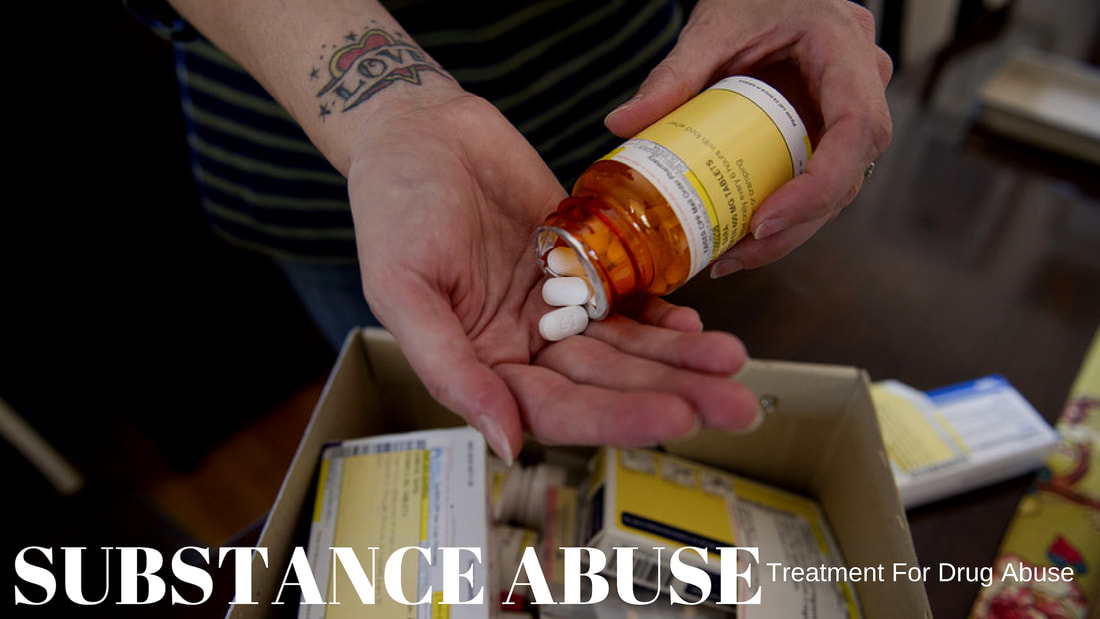
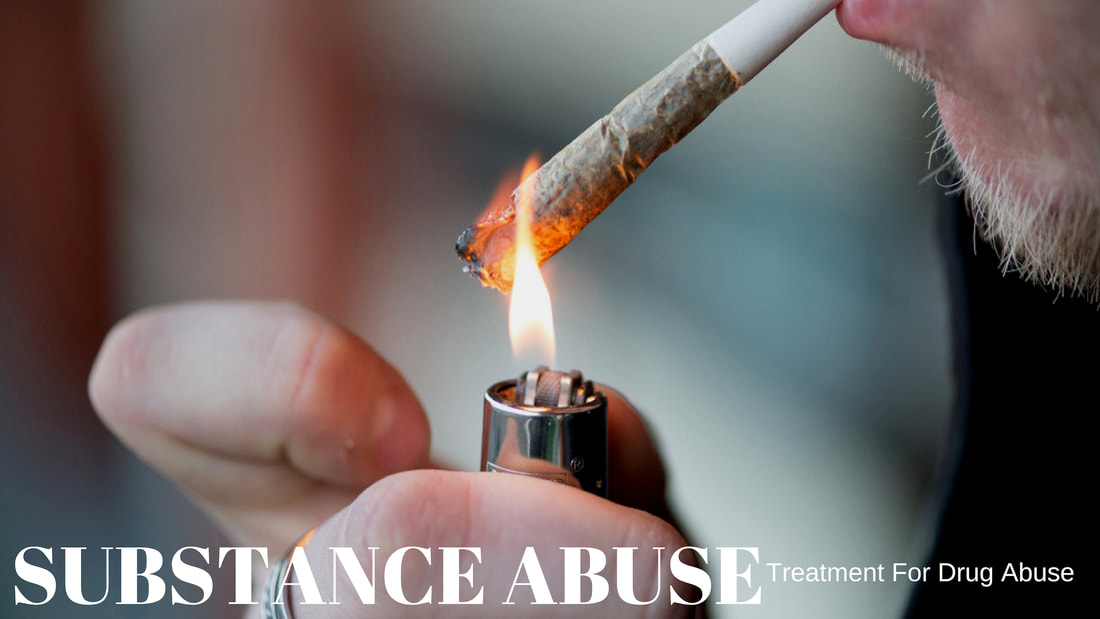

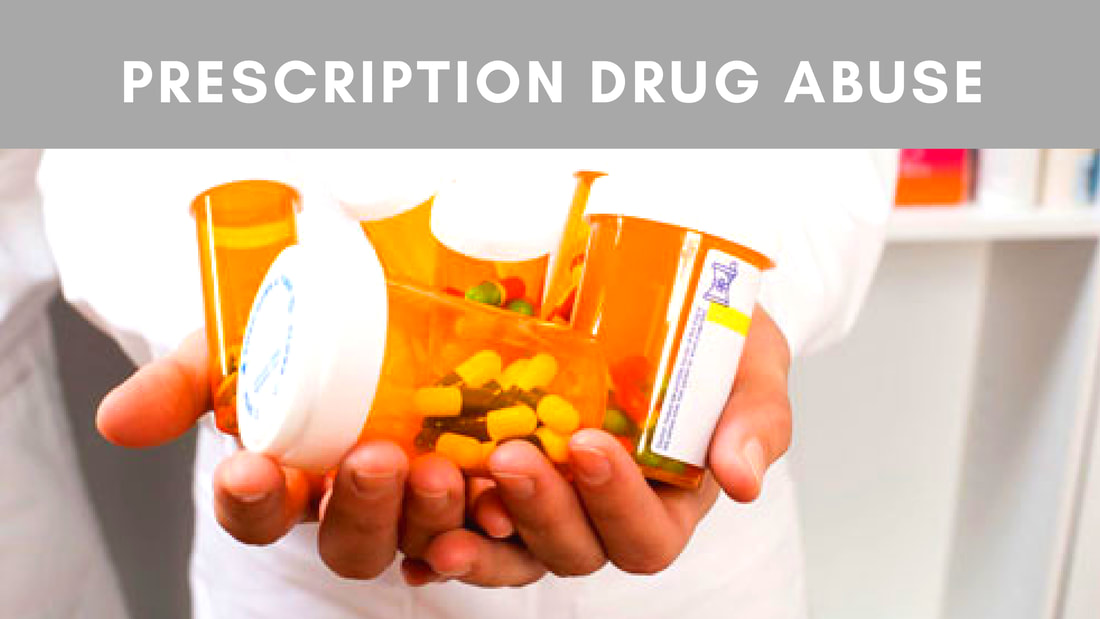
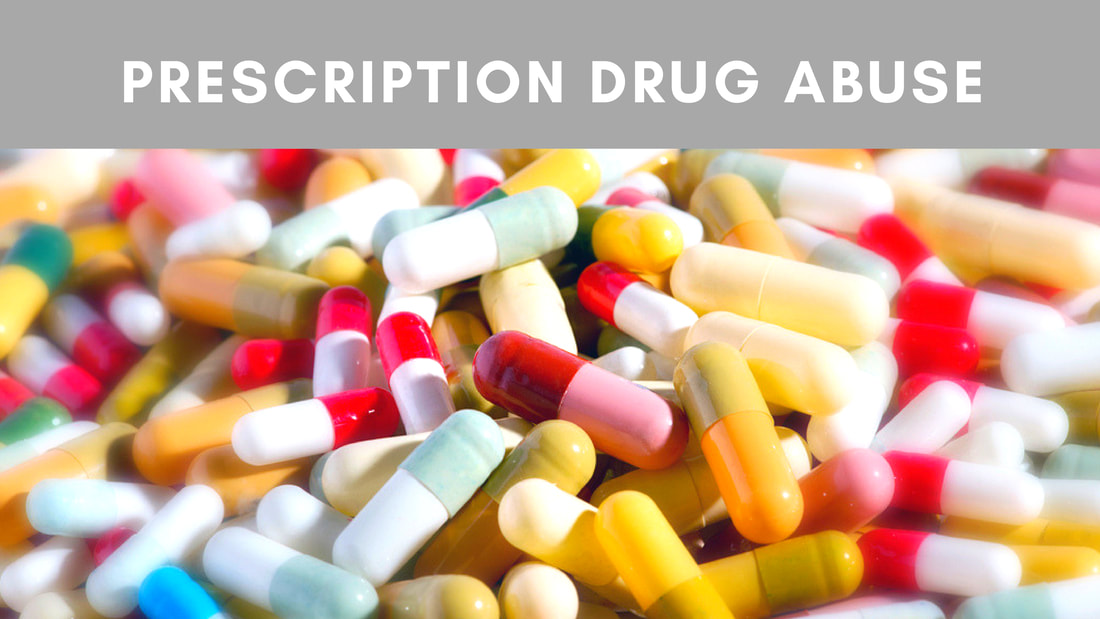
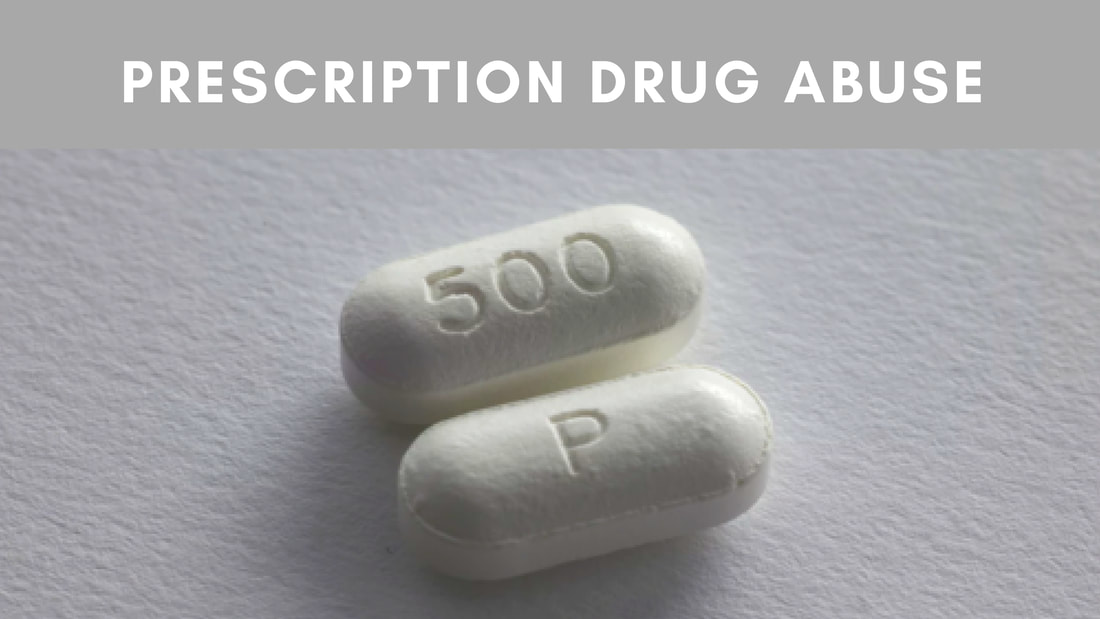
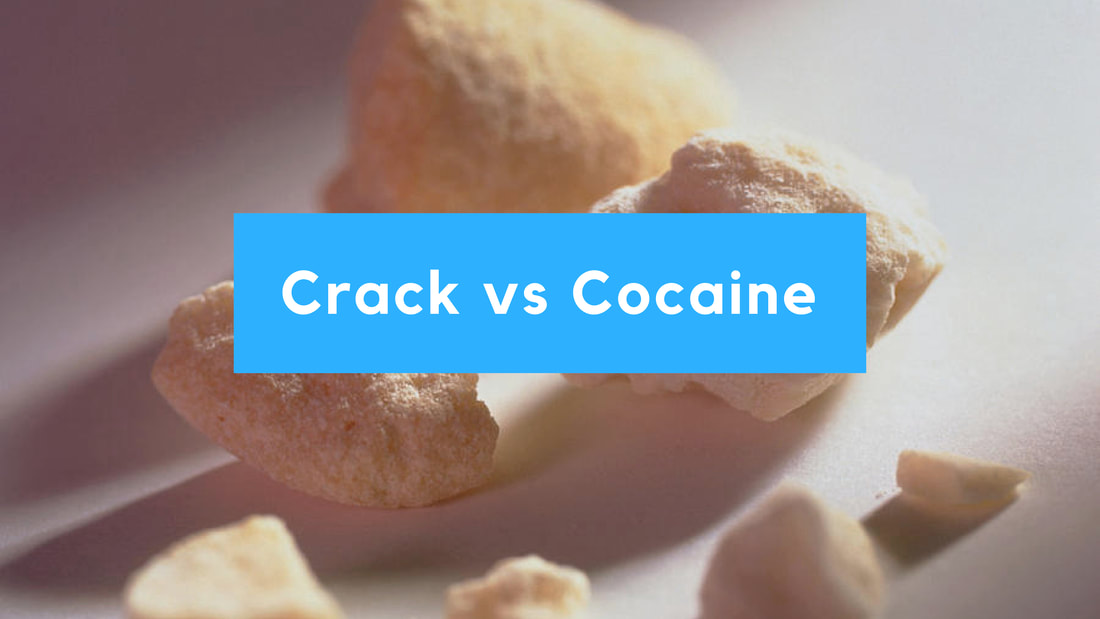
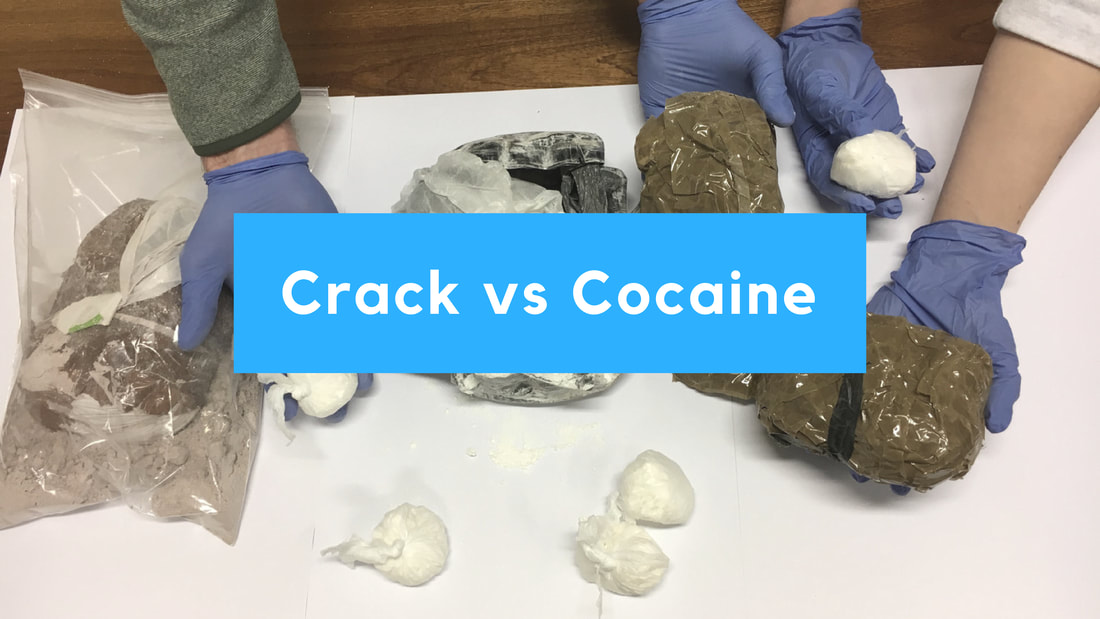

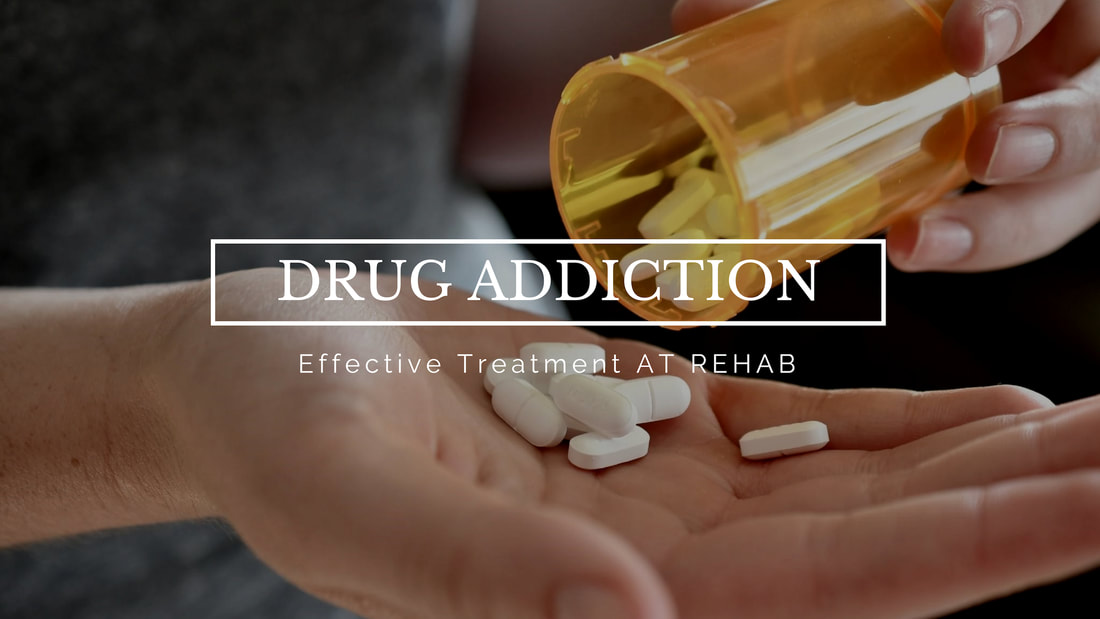
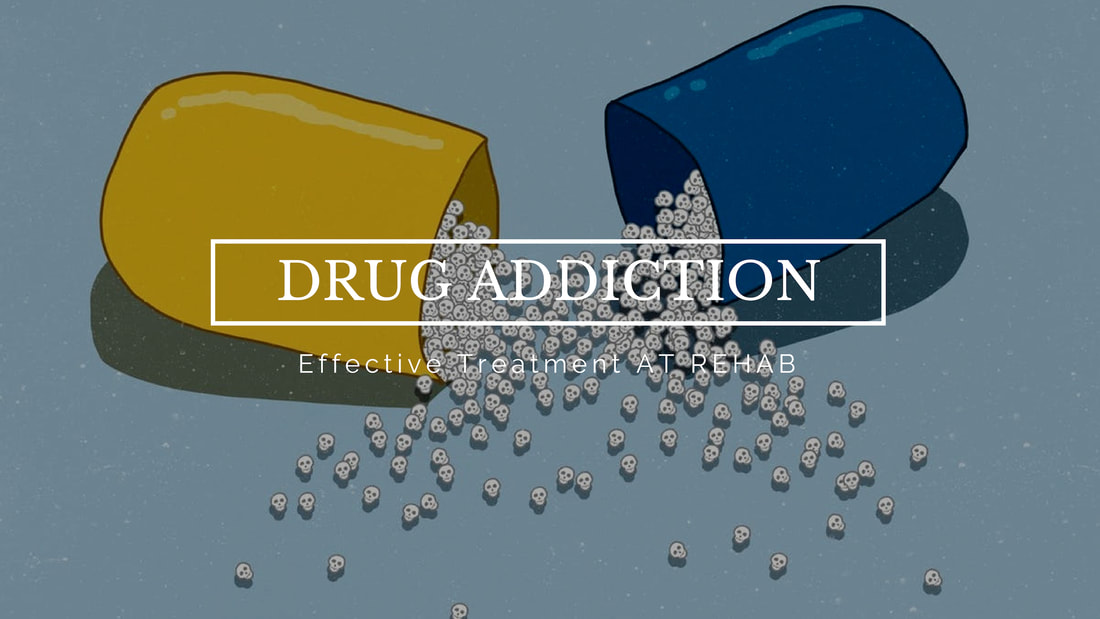
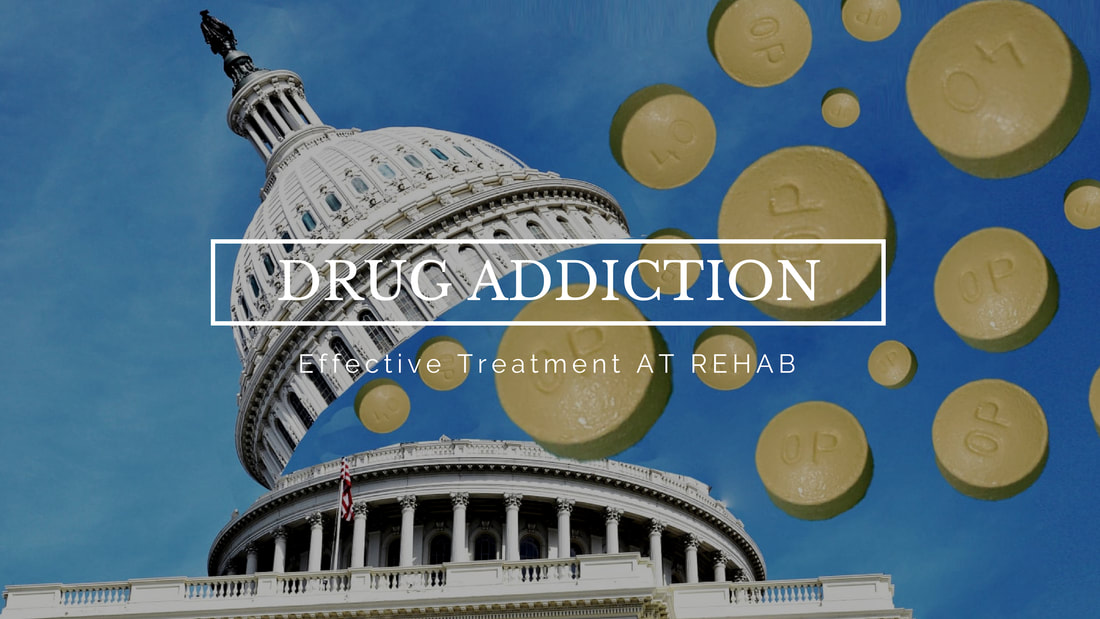
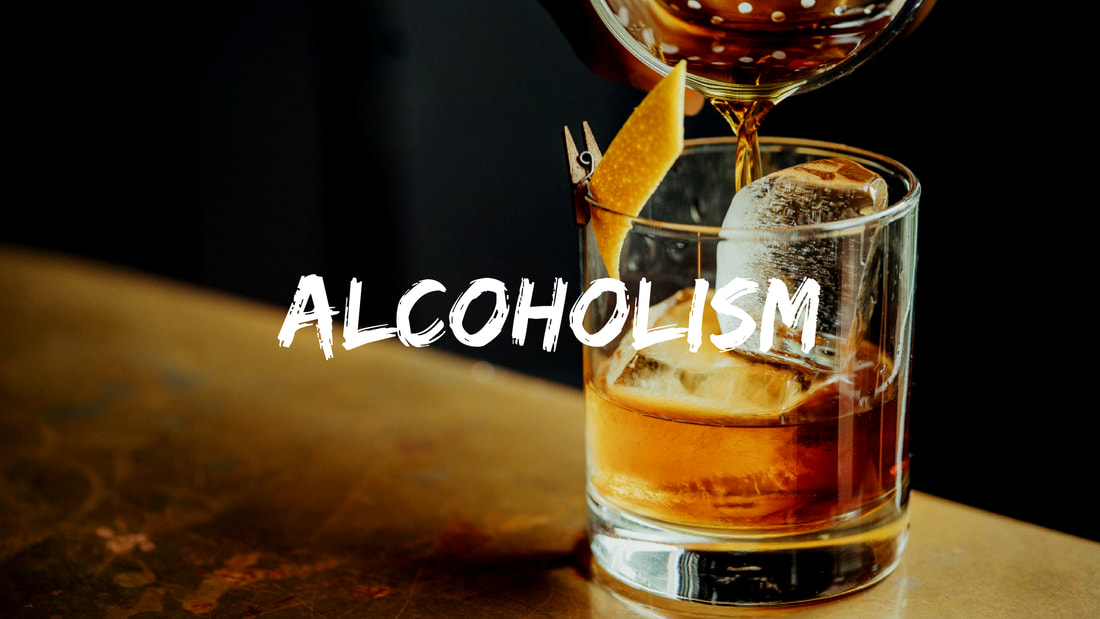
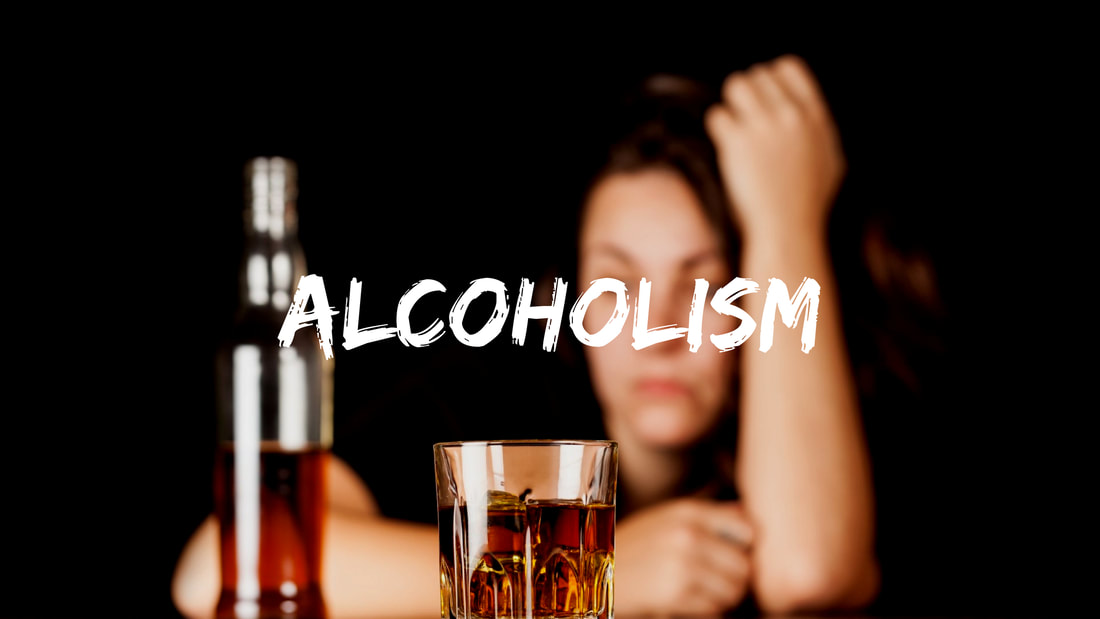
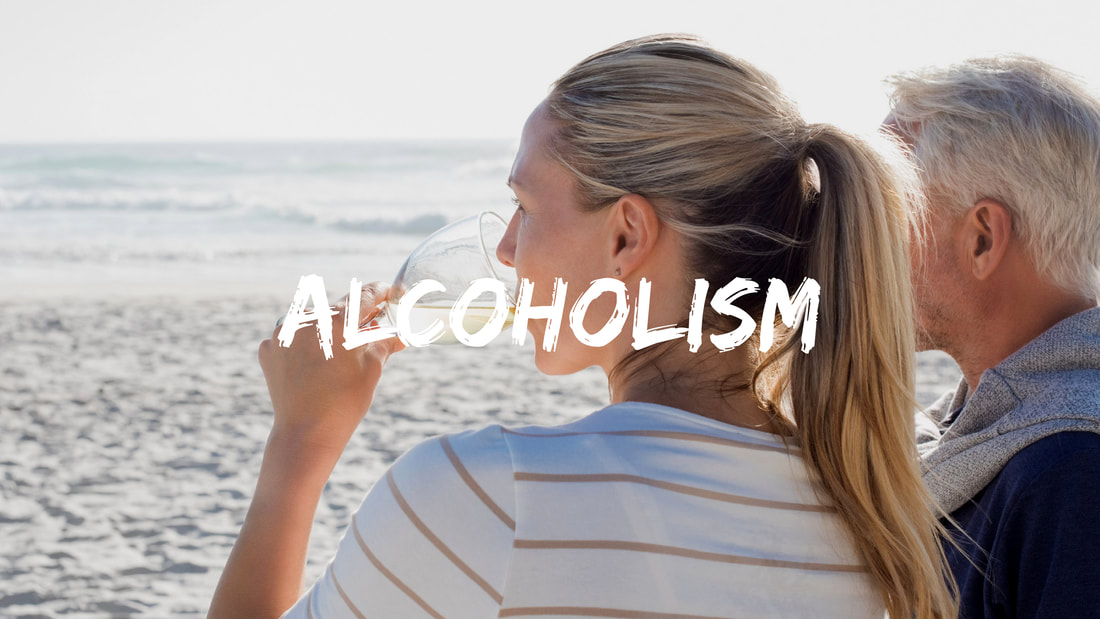
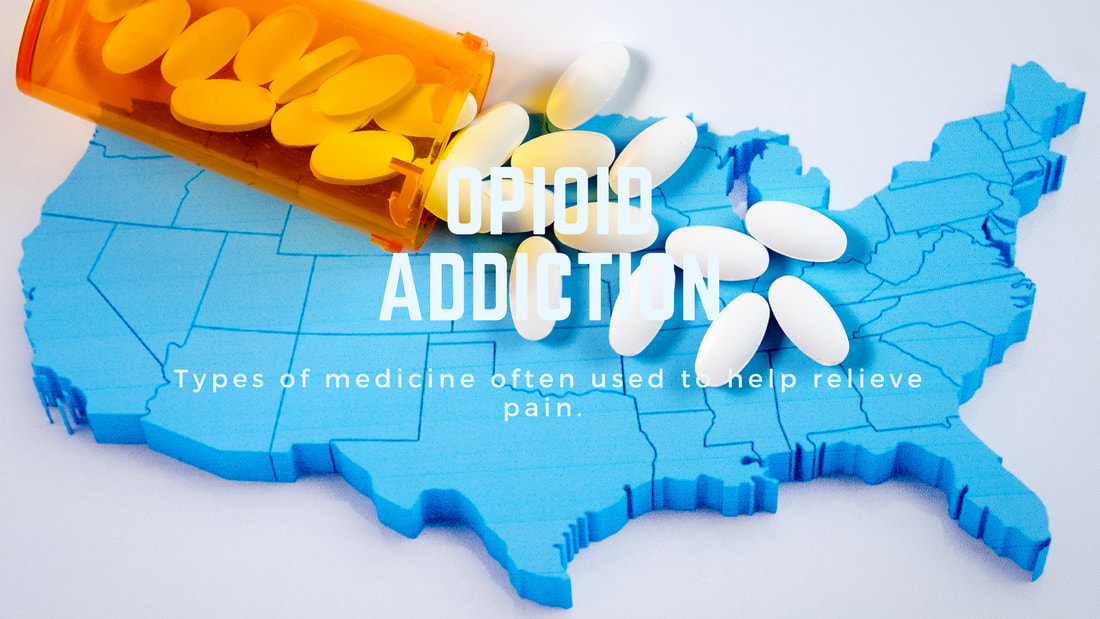

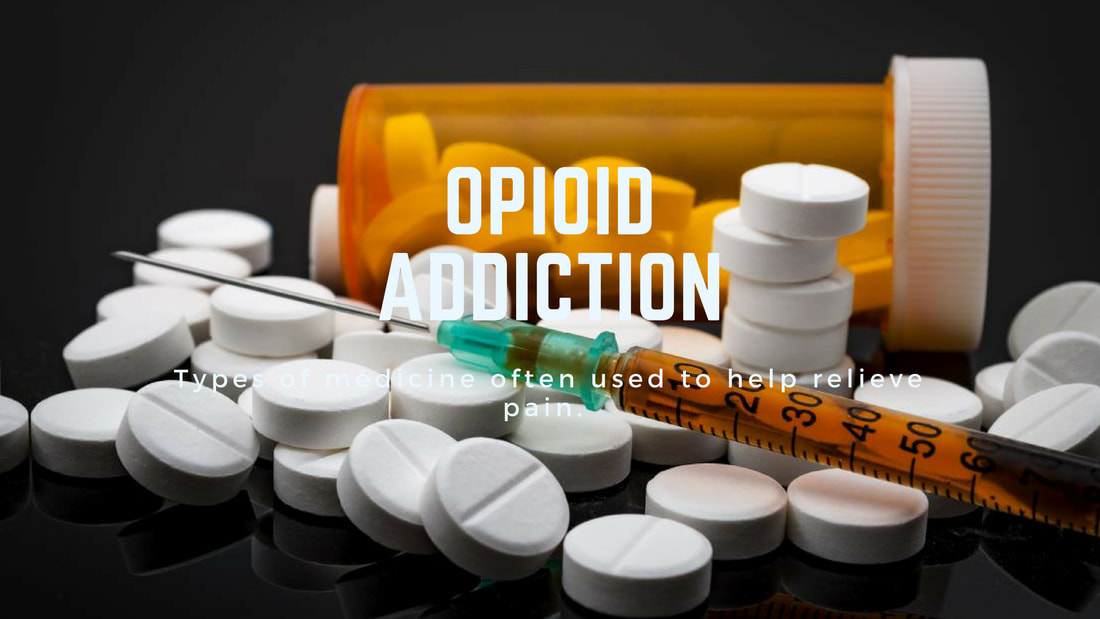
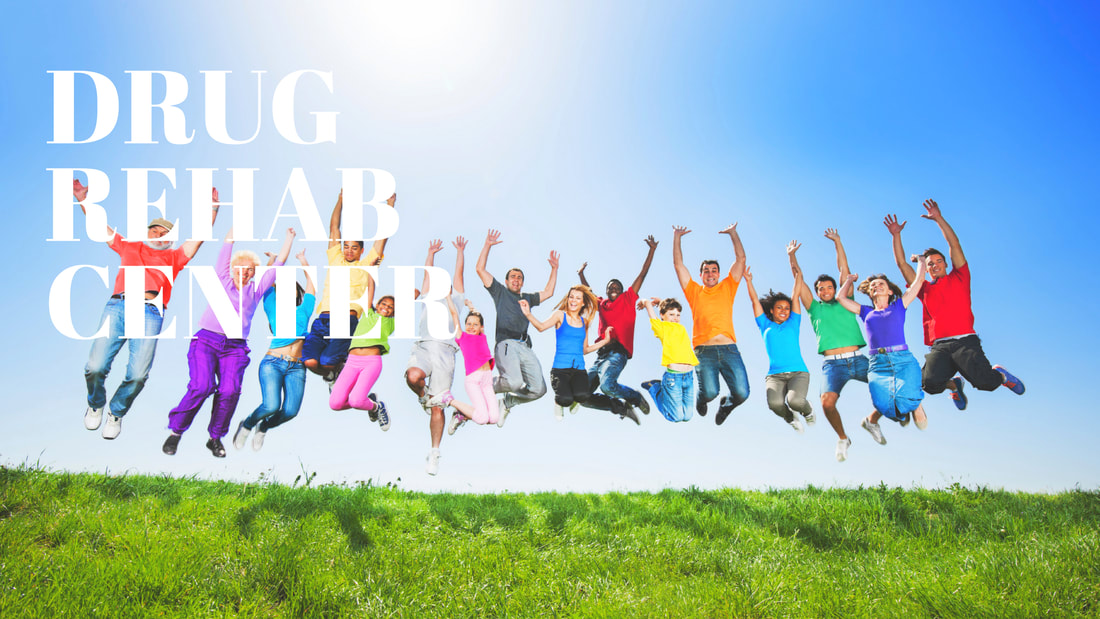
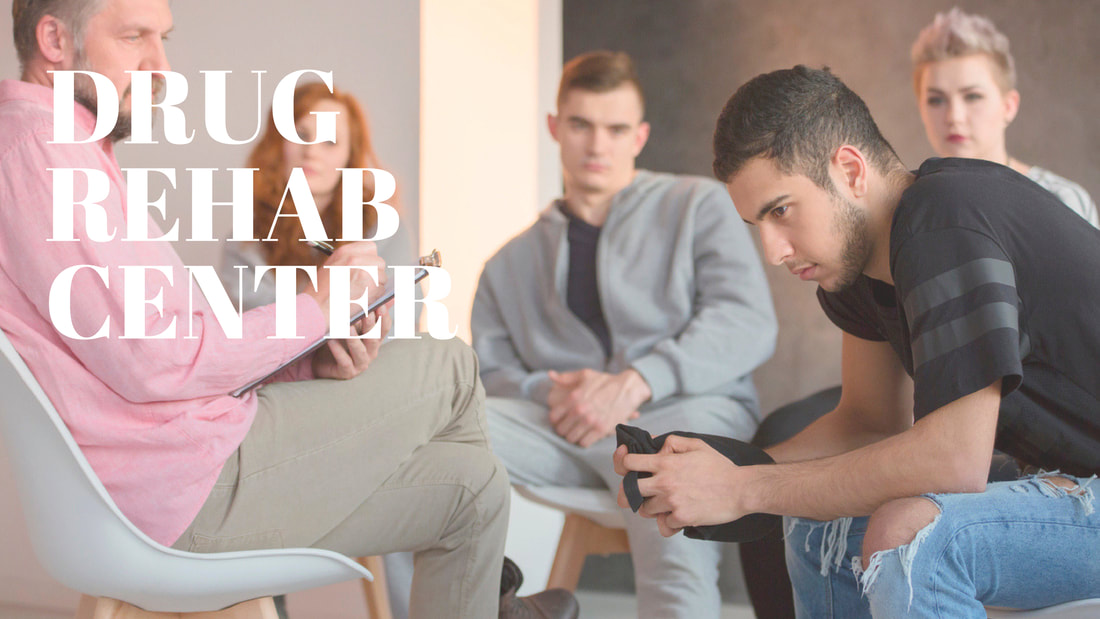

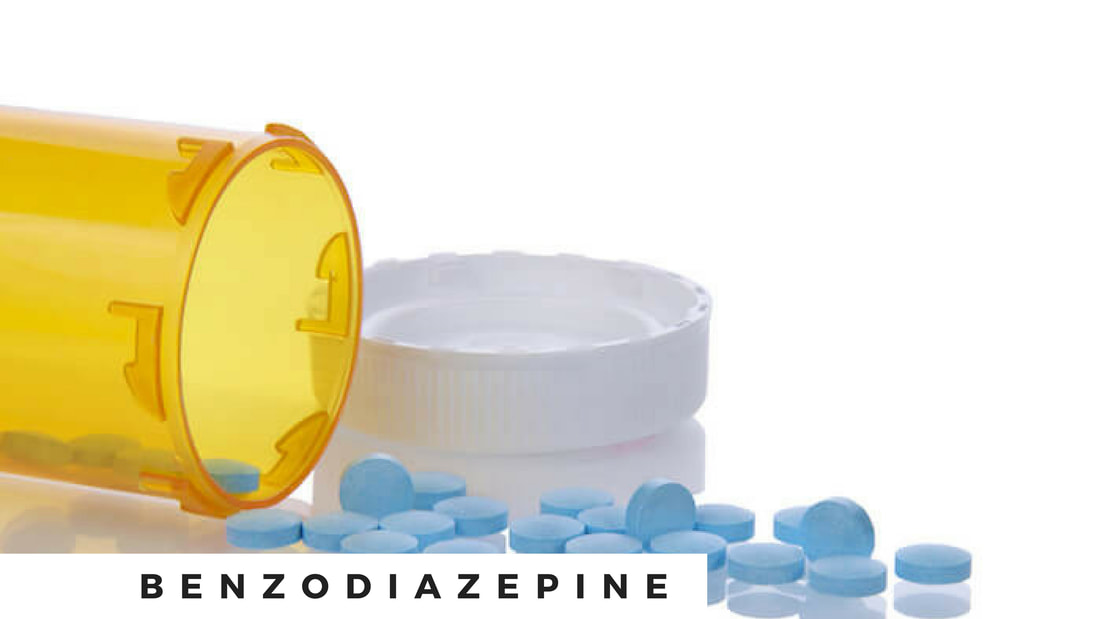
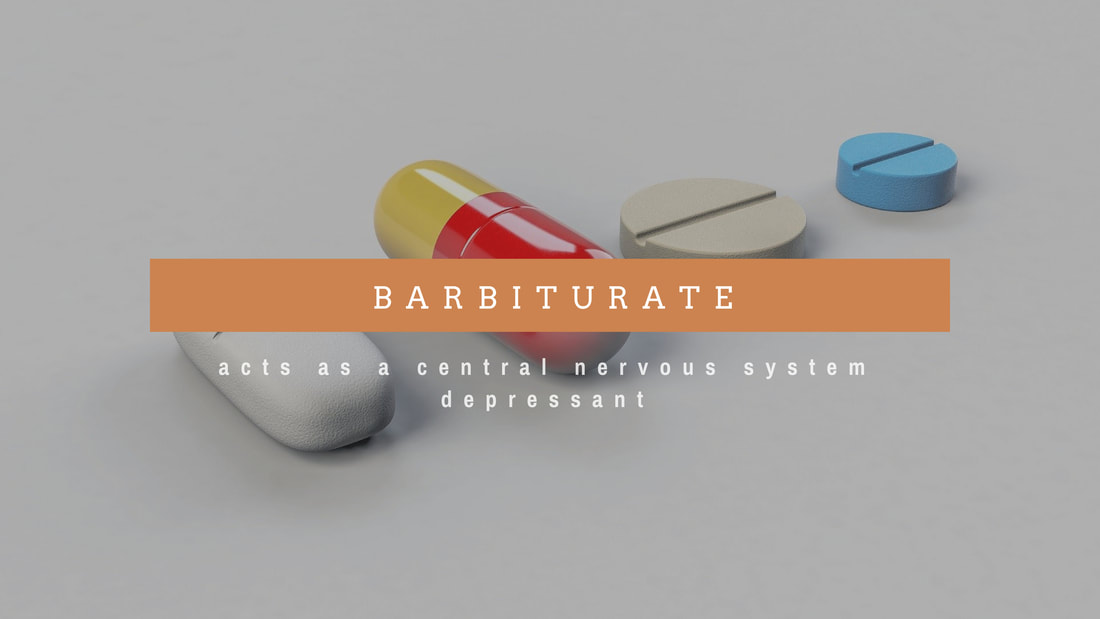
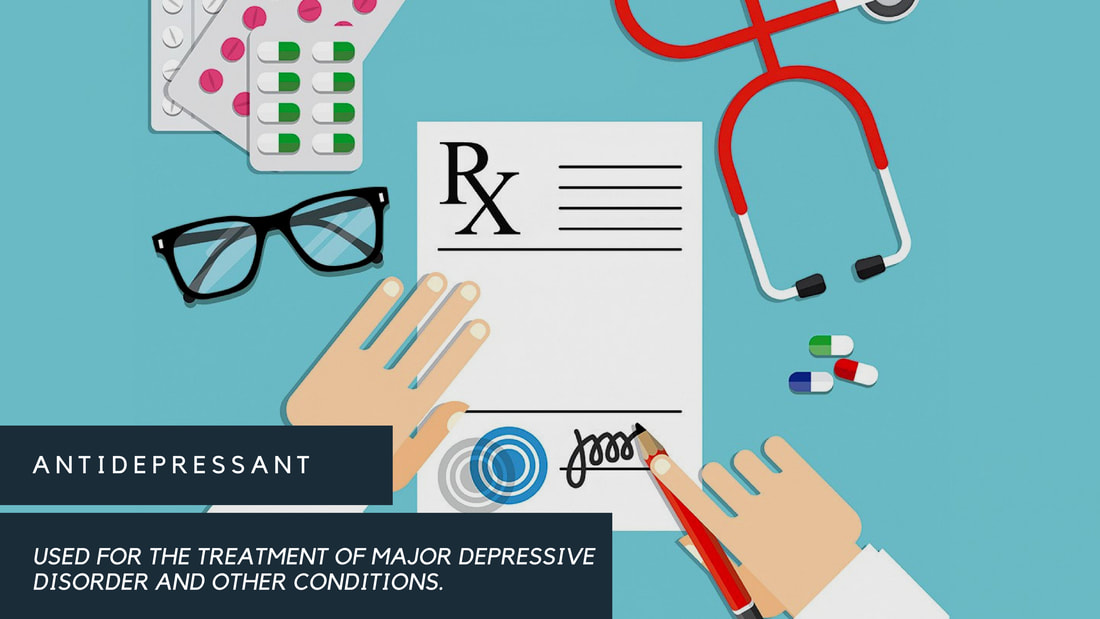
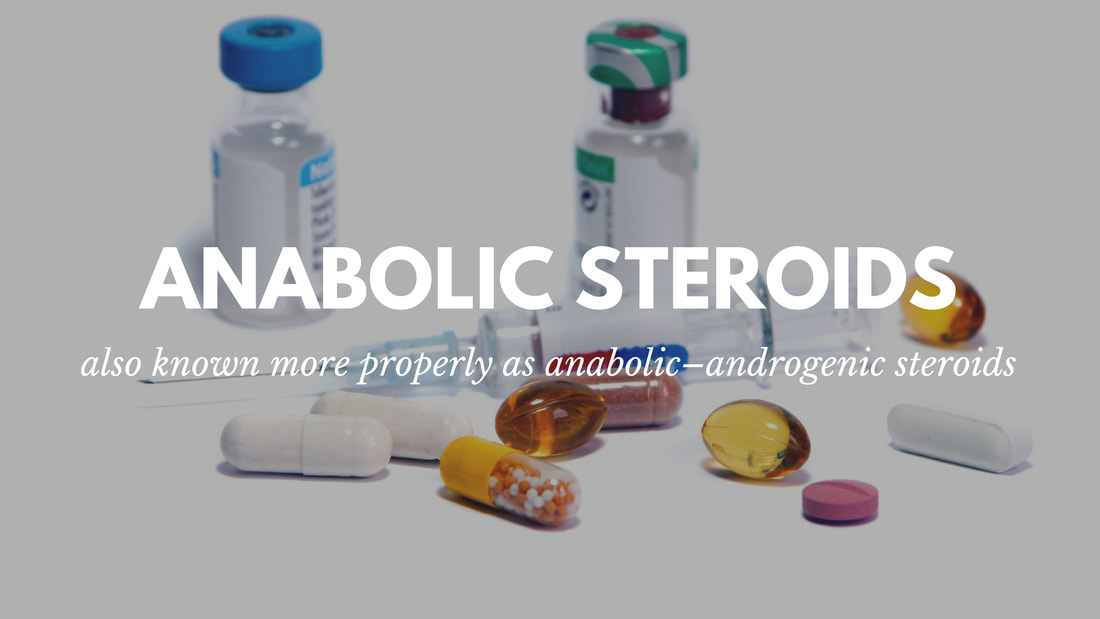
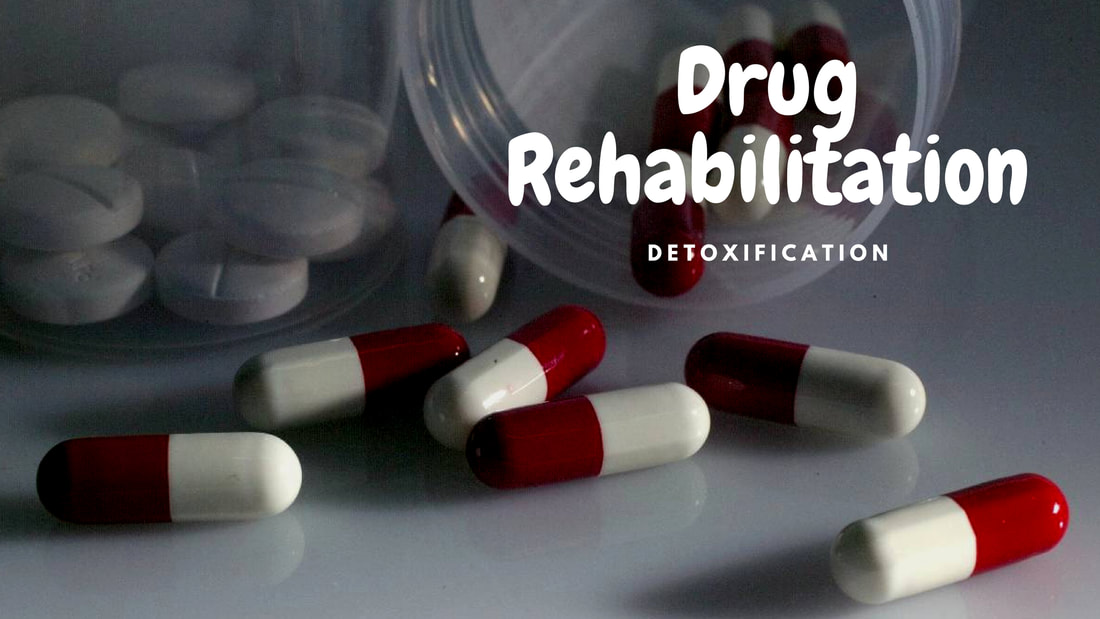
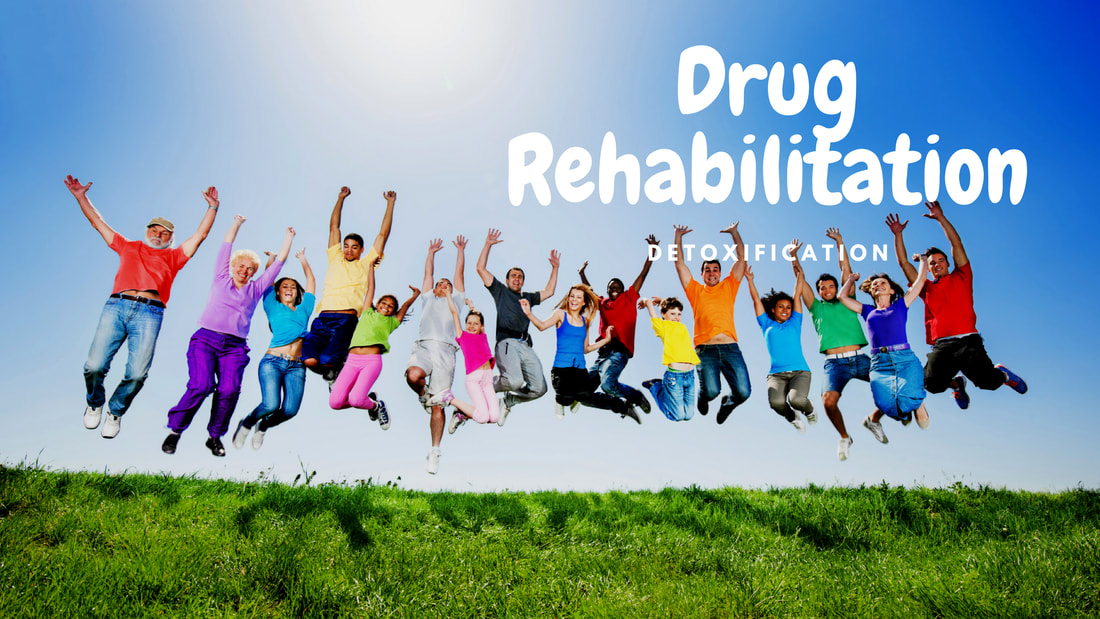
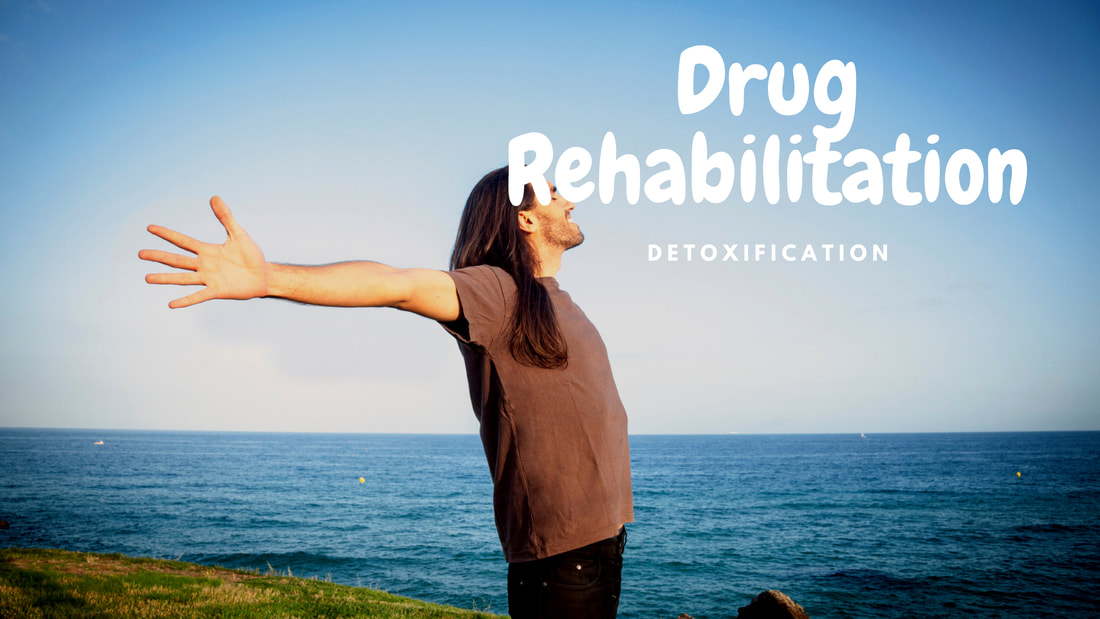
 RSS Feed
RSS Feed
